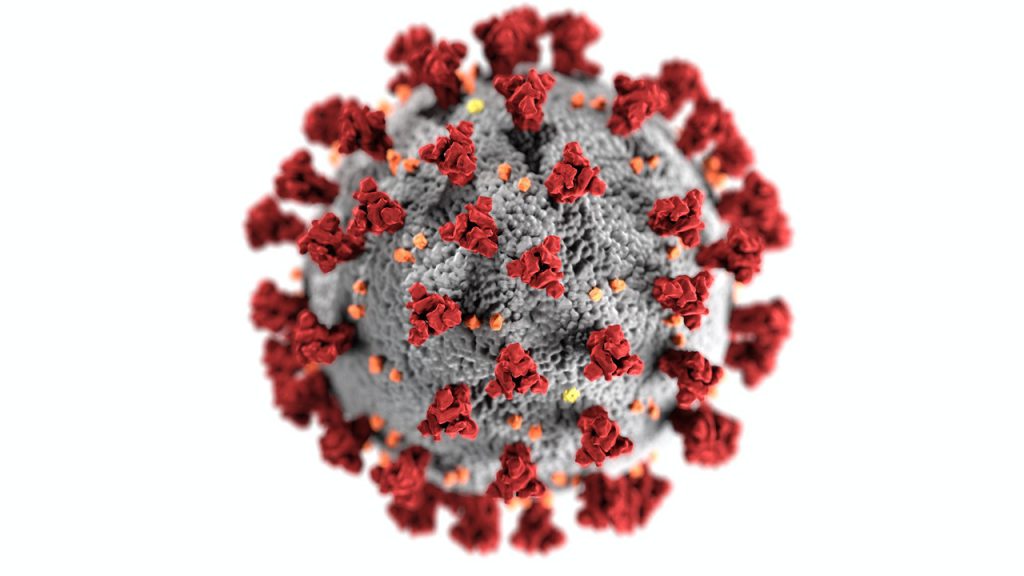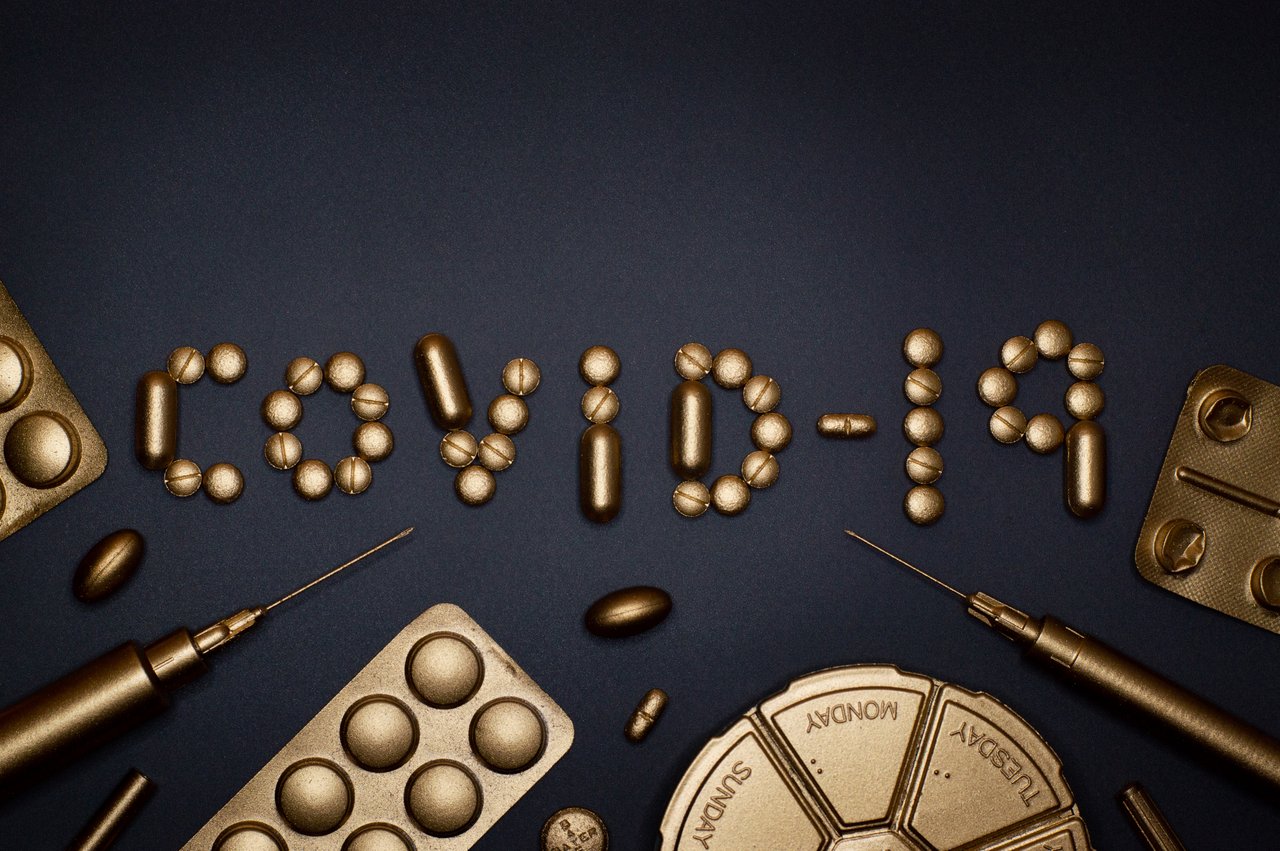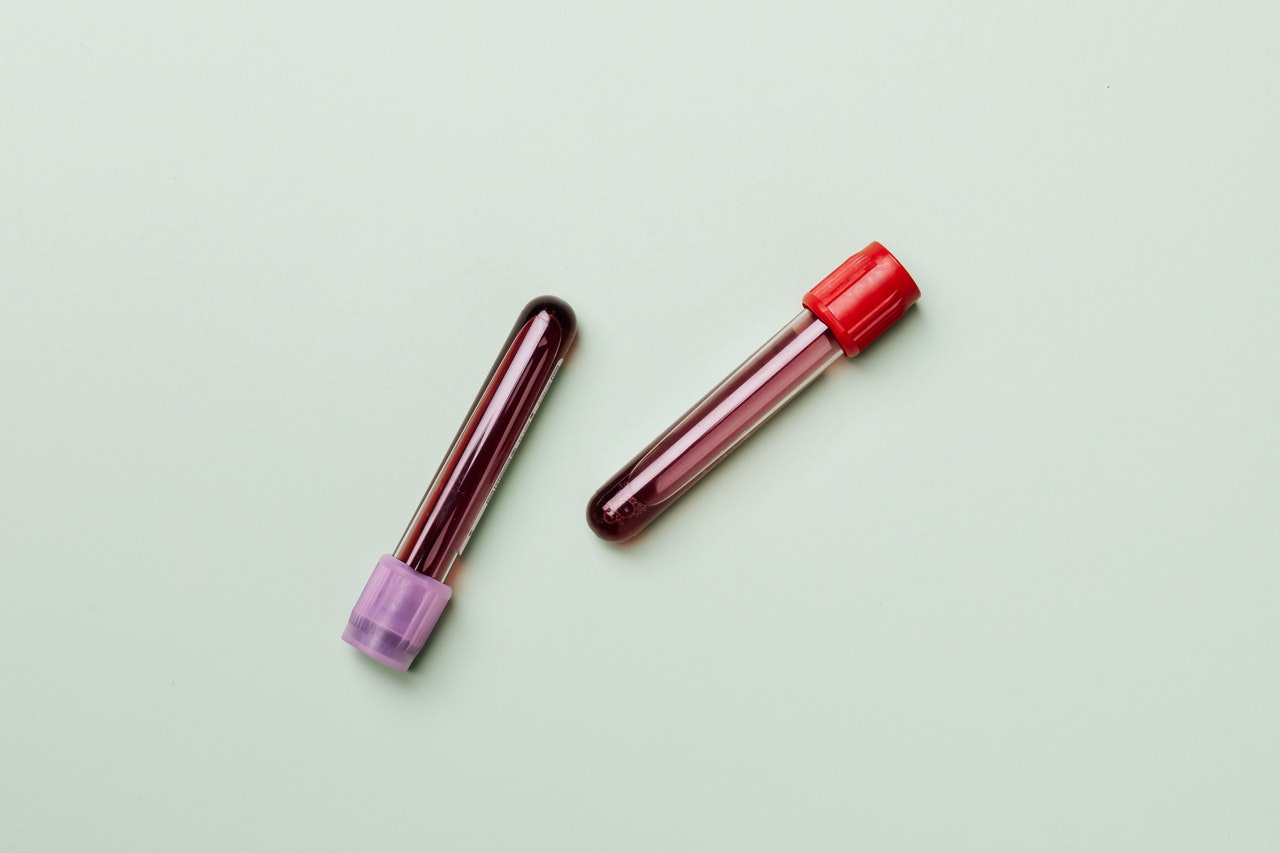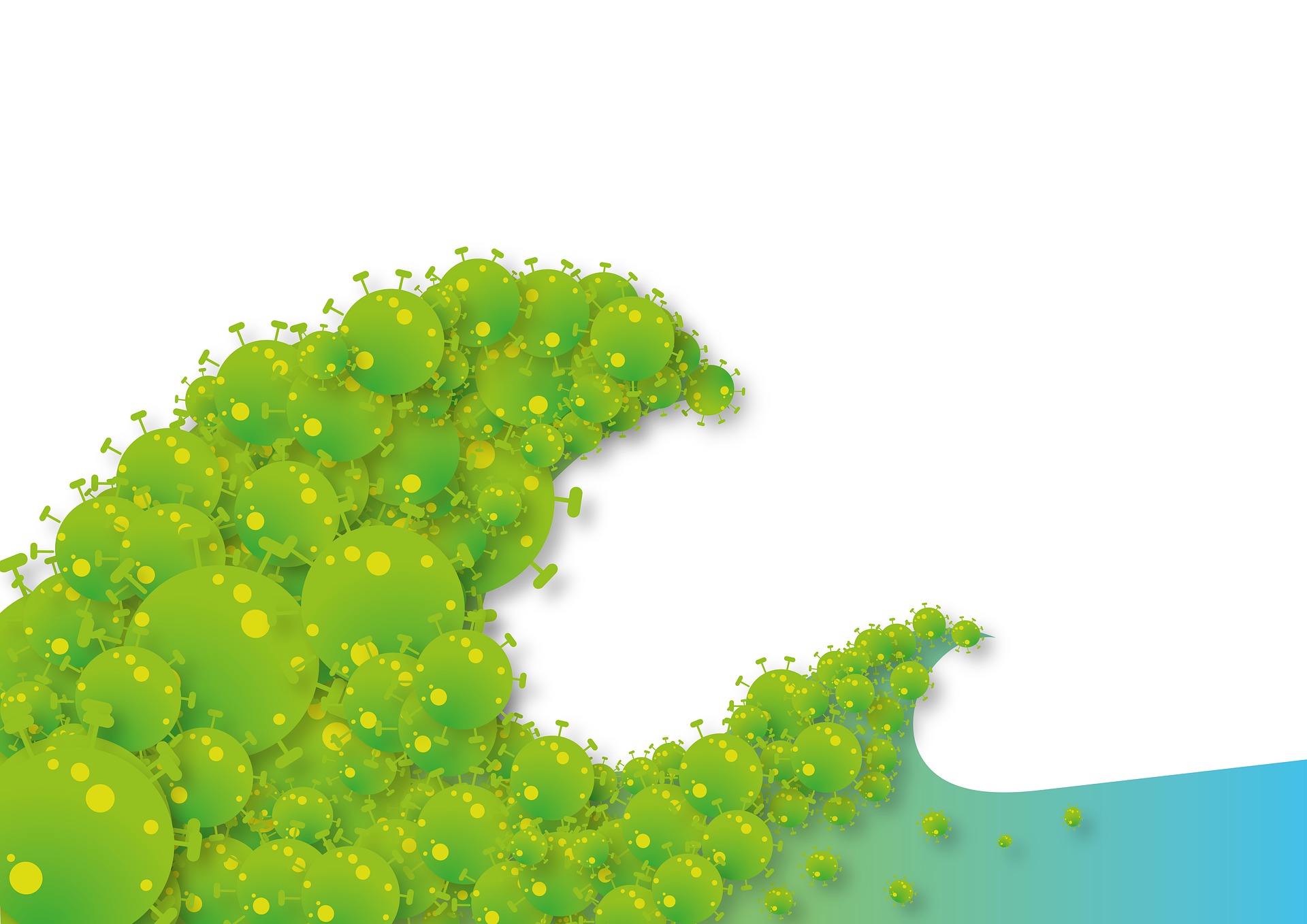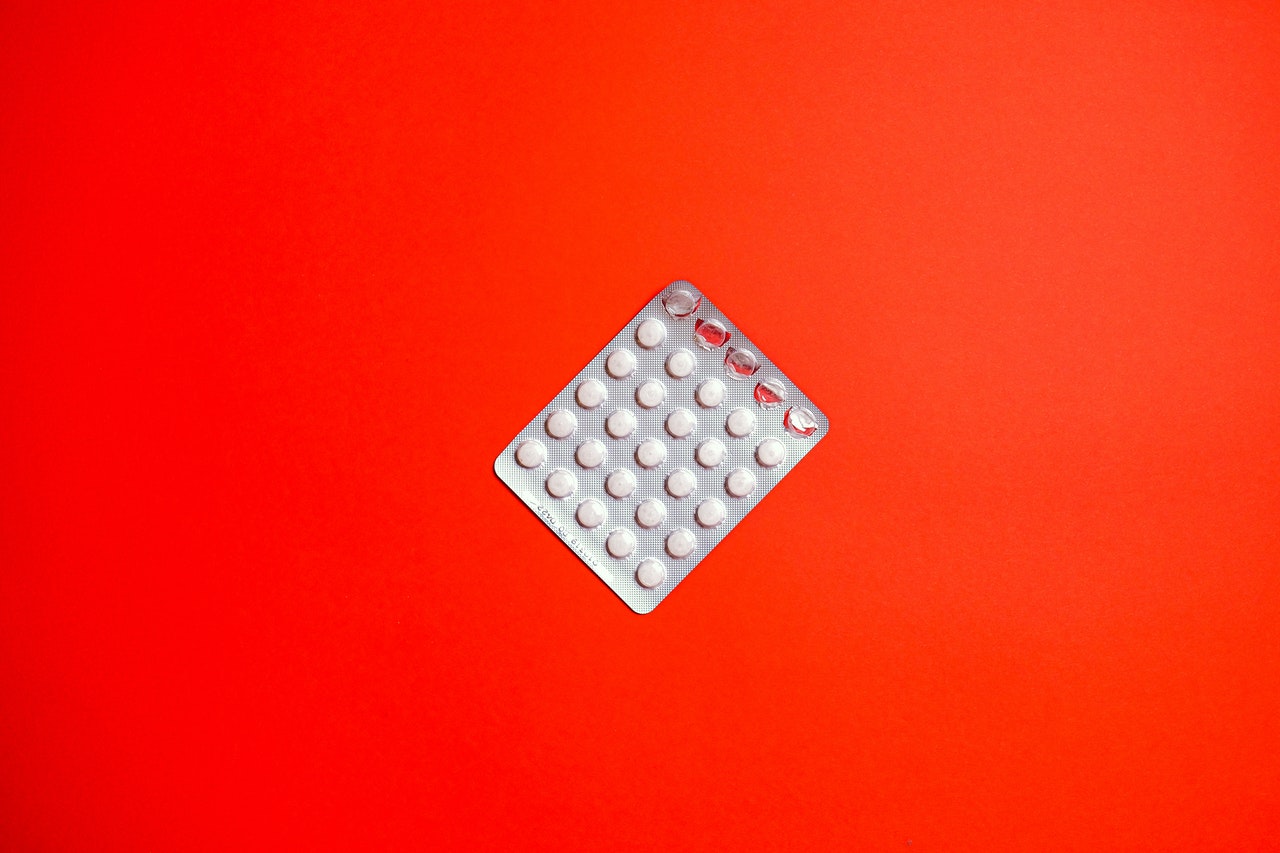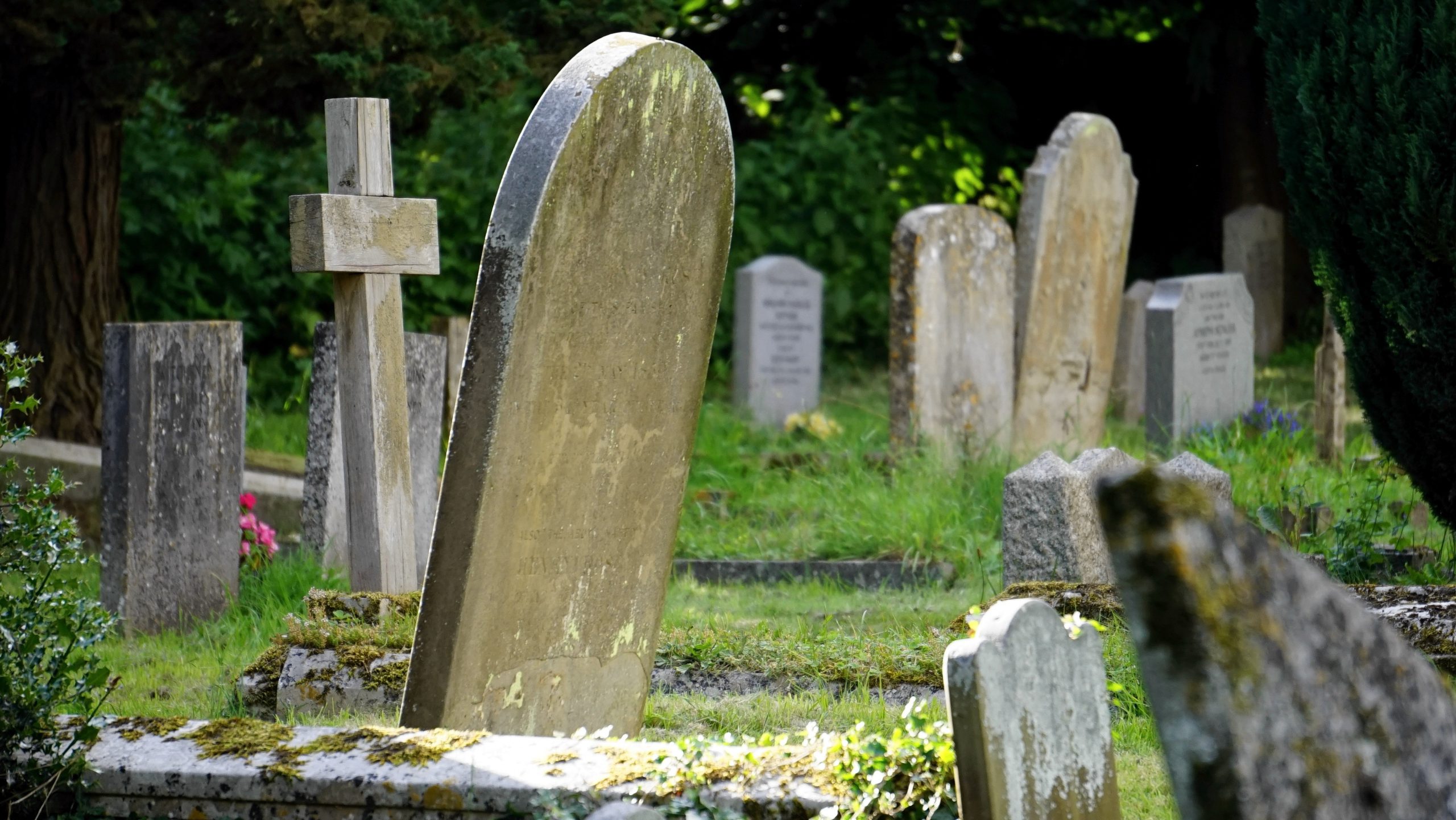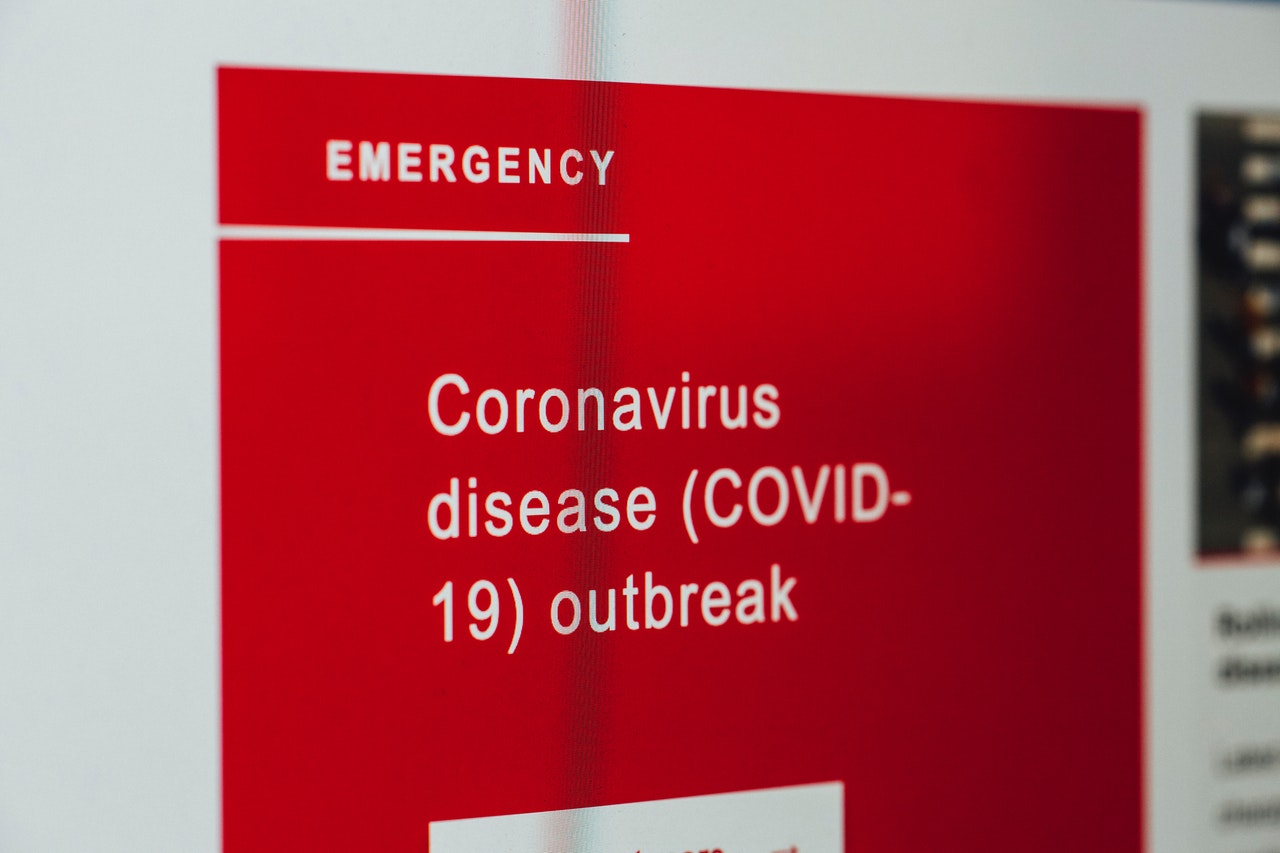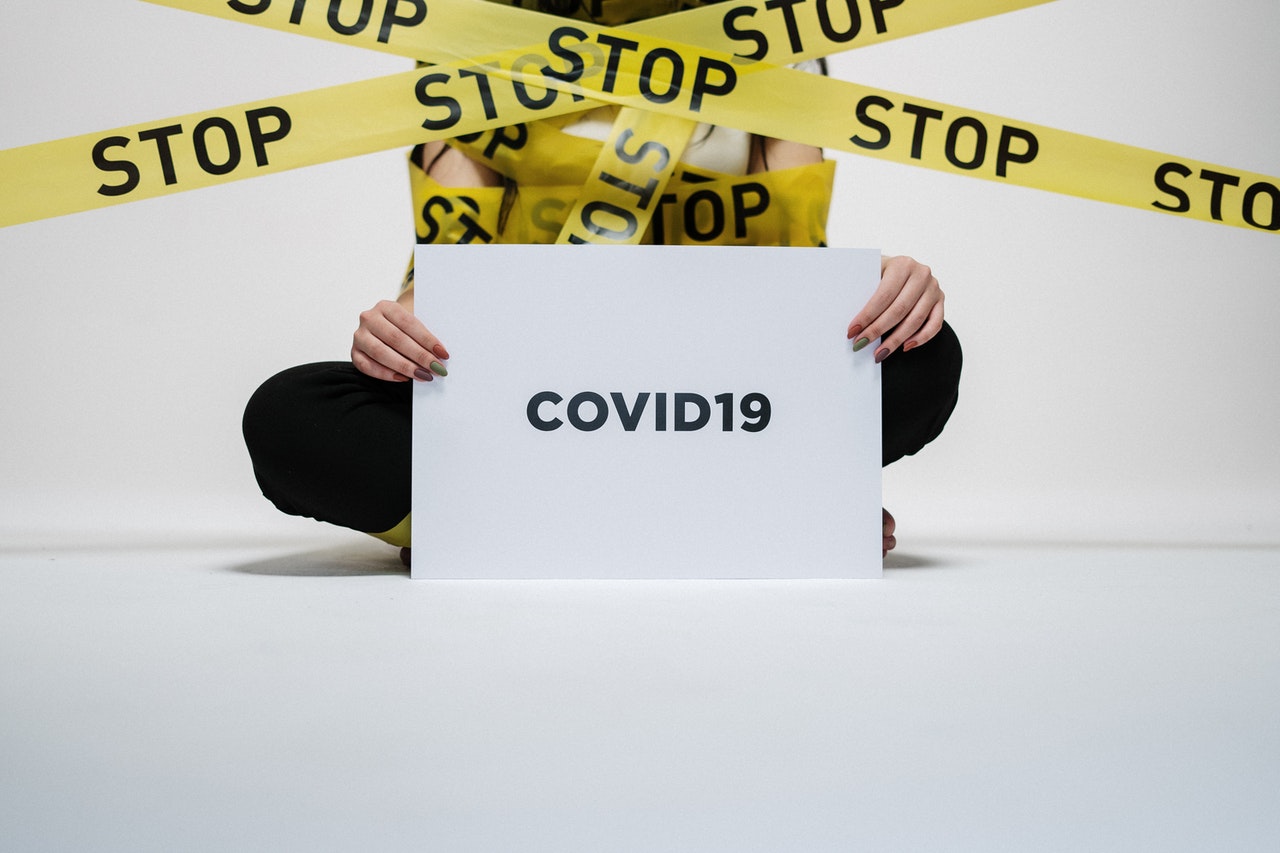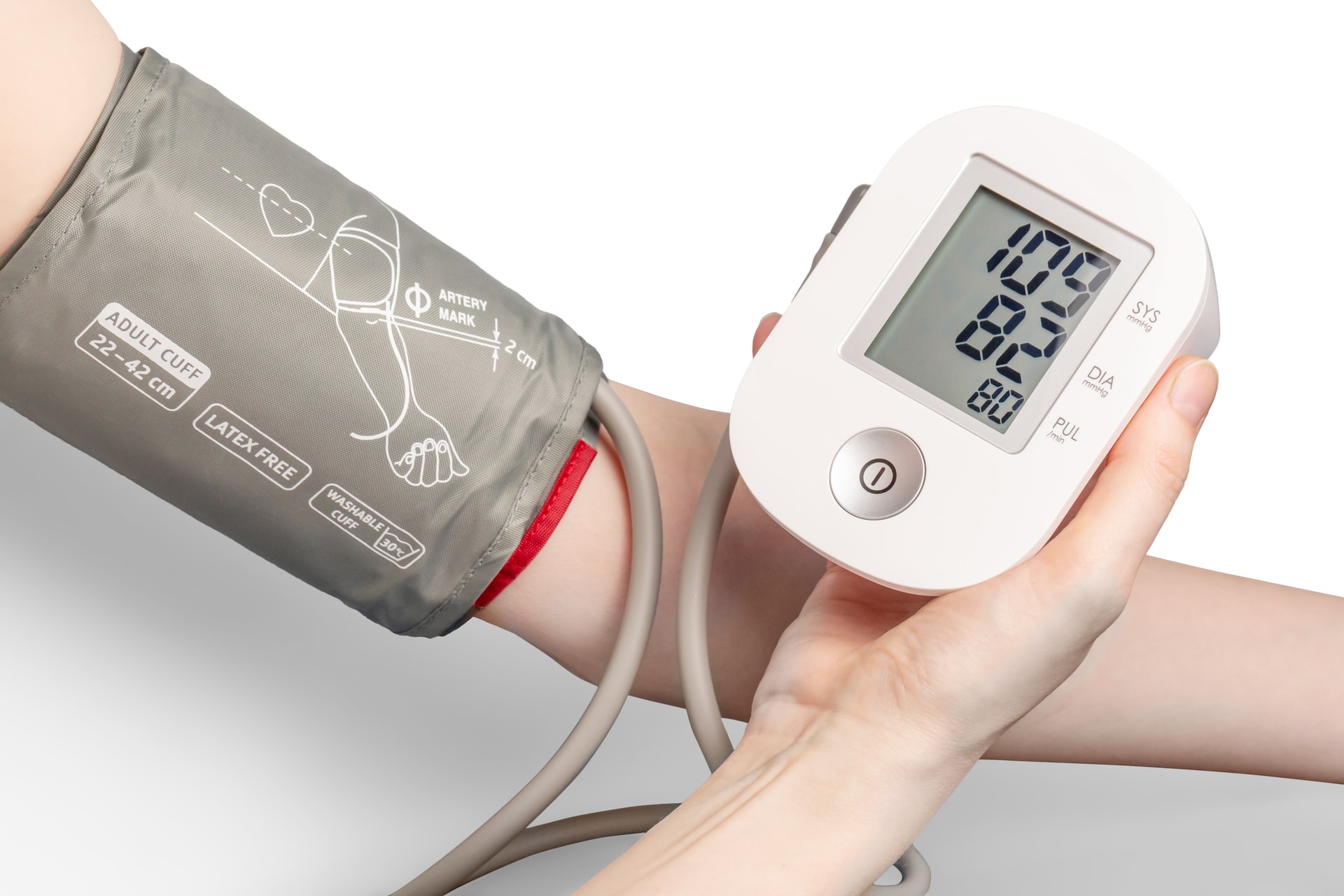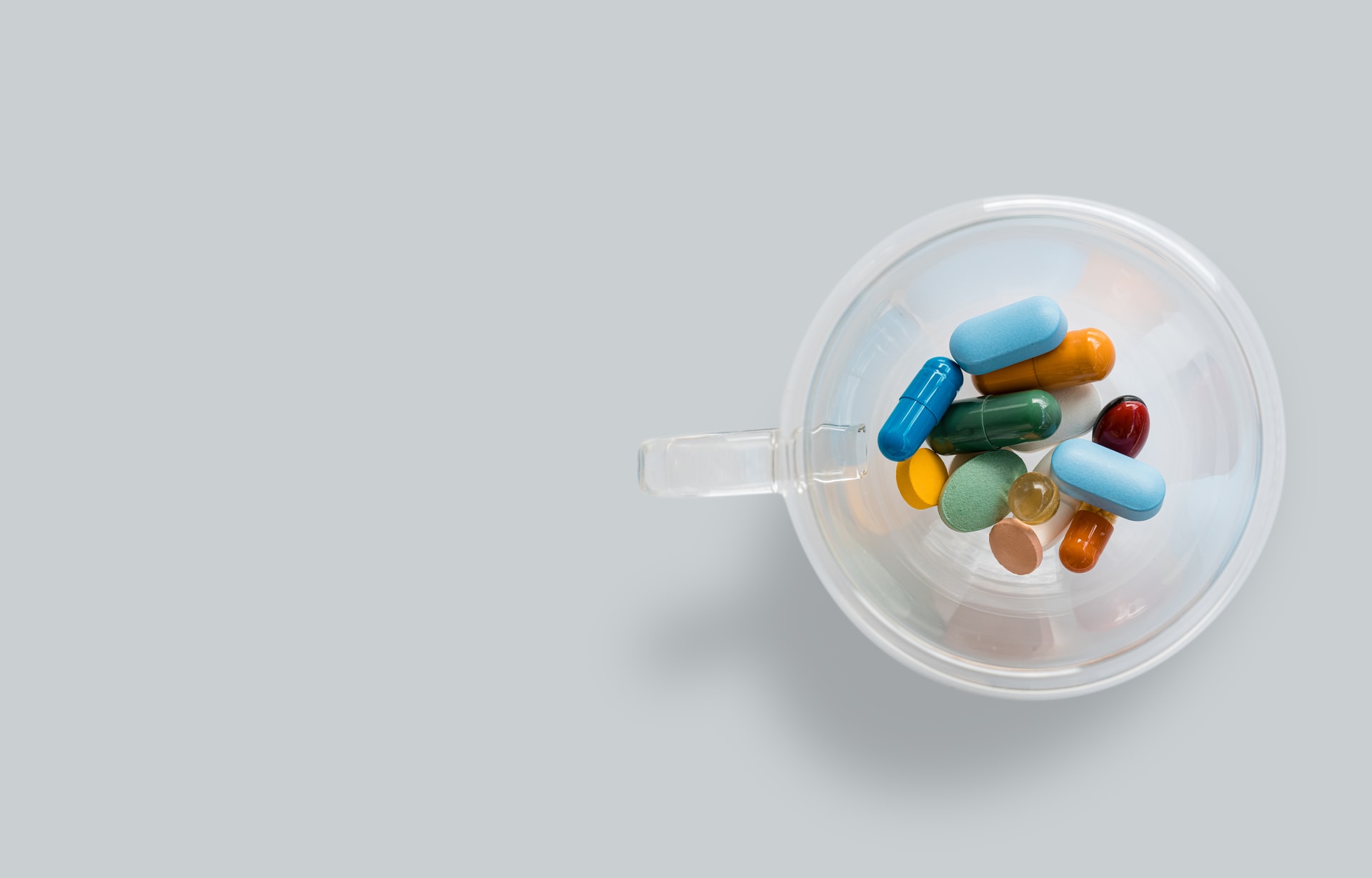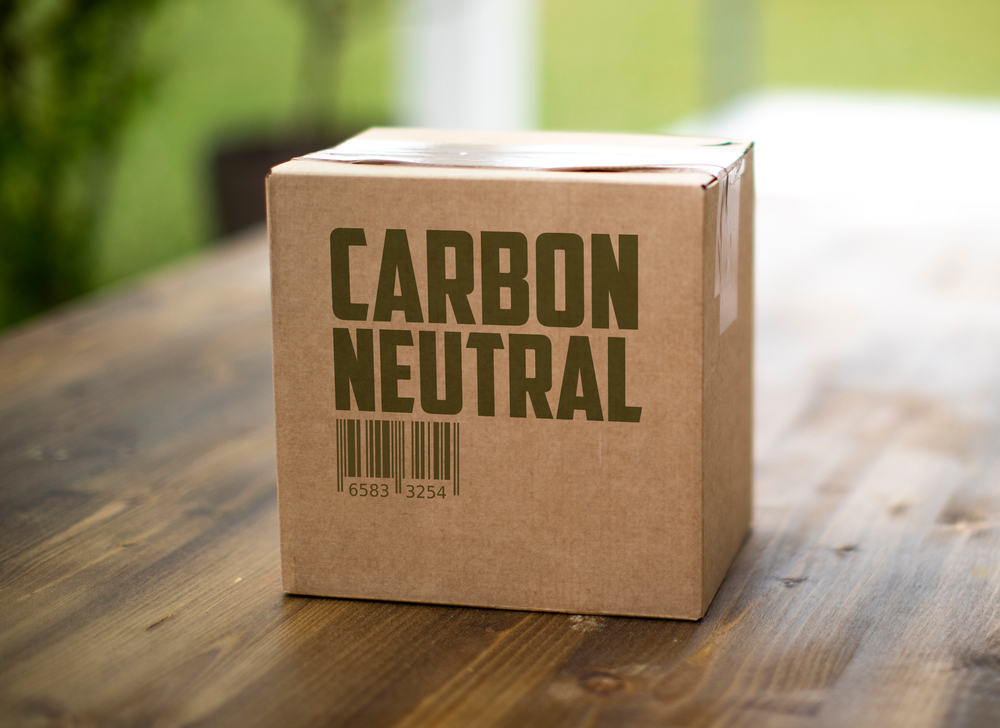Reading Time: 2 minutes
- The human body is made of over 30 trillion (1 Trillion = 1000 billion) cells, which are divided into around 200 cell-categories e.g. skin cells, stem cells, muscle cells etc.
- Imagine the cell to be a tiny rubber-ball-with-spikes?Protein-ball-with-receptors filled with liquid (70% water and 30% protein oil?Enzymes); oil and water don’t mix.
- This liquid covers another small ball called nucleus, which is the brain of the cell that has DNA – a set of instructions that tell the cell what to do and how to do it.
- When you zoom into the protein oil, you see it to be a chemical laboratory, with equipment for mixing chemicals to do everything from breaking glucose down for energy to building cell walls and allowing the cell to reproduce.
- When cells reproduceIt is with dividing/reproducing of cells that we become bigger with age, our nails/hair grow and our bruises and cuts recover., the DNA (instructions) also reproduces suggesting the new cells how to behave.
- Viruses are tiny particles (again rubber-balls-with-spikes) incapable of doing anything till they find a host cell, which lends its chemical laboratory.
- While incapable of doing anything on their own, viruses are lethal because they have DNA/RNA (instructions), which can mess up existing cell instructions.
- Not all viruses can attack all cells; it is like their ‘spikes’ should match the ‘spikes’ of the cell.
- E.g. cold & flu viruses attack cells that line the respiratory tracts & HIV attacks the T-cells of the immune system.
- Once the ‘spikes’ match, the virus either enters entirely or sends the DNA/RNA into the cell.
- The chemical factory has excellent capabilities to reproduce (Point 6 above), so virus multiplies and its copies break out of the cell (by either damaging or killing the cell) and infect other cells.
- In case of Coronavirus, an infected person coughs near you, you inhale the virus through mouth/nose/eyes, virus finds the cells with the right spikes and messes up with existing instructions.
- Because cell instructions are affected, immune system doesn’t come into action before the virus multiplies, its copies break out of the killed-cell and spread to other cells, bloodstream and lungs.
- Dead cells and their liquid clog the lungs making breathing difficult; it is also deadly because in severe cases, the events make the immune system overreact and it starts attacking lung cells, causing uncontrollable damage.
Also read:
Image courtesy of CDC through Pexels
Reference shelf :
Share this:
-
Pingback: Why do they insist on “20 seconds” when washing hands? - 2dPoint

